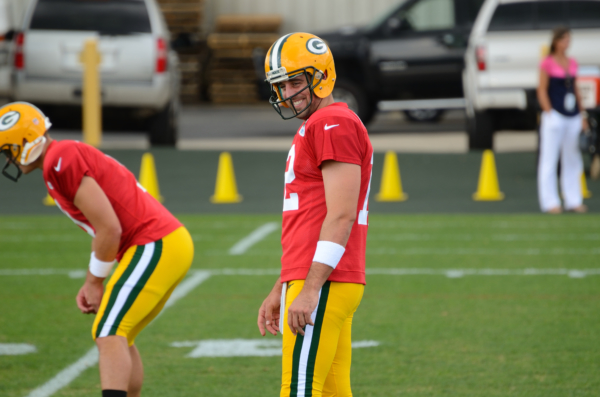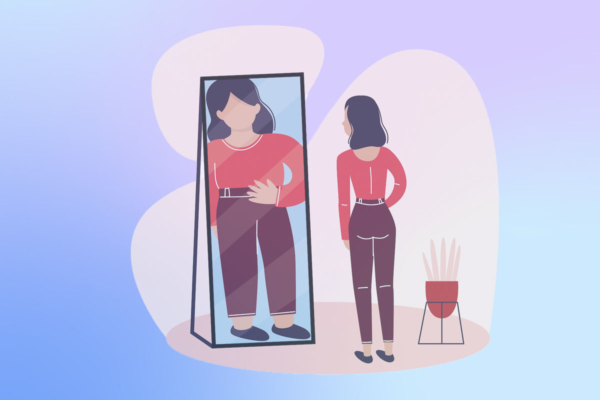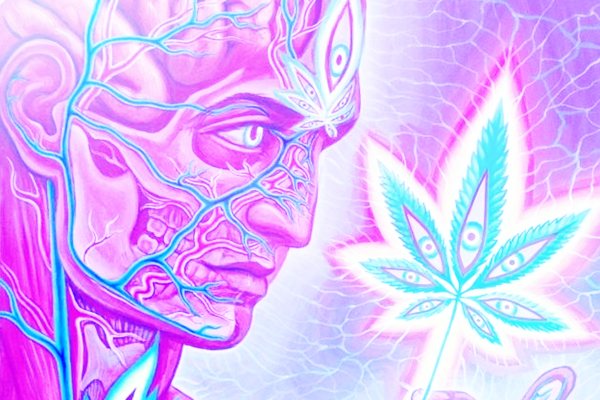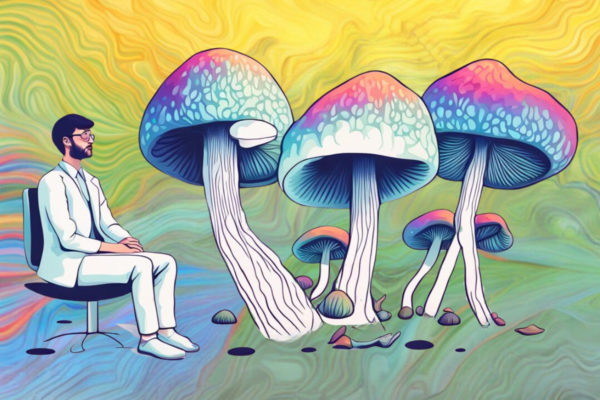
Psilocybin mushrooms, commonly known as magic mushrooms, have fascinated both the scientific community and psychedelic enthusiasts for ages. One of the most intriguing aspects of these fungi is their tendency to turn blue when bruised or mishandled.
This article dives deep into this phenomenon, exploring the science behind it, its impact on potency, and how it influences the way we handle and consume these mind-bending fungi.
The Science Behind Shrooms’ Blue Coloration
The blue coloration of magic mushrooms is a chemical reaction triggered by damage or stress. This process, similar to how an apple turns brown when cut, is due to the oxidation of psilocybin, the psychoactive compound in these mushrooms.

When the psychedelic mushroom’s cell walls are broken, enzymes within it interact with psilocybin, converting it into psilocin. Once psilocin is exposed to air, it oxidizes and leaves deep blue spots where the bruising occurs.
Other non-psychedelic mushrooms bruise blue, too, when the gyrocyanin or pulvinic acid inside them oxidizes, but this explanation didn’t fit the unique composition of psilocybin mushrooms. The following Reddit video illustrates how boletes mushrooms instantly turn blue when bruised.
Claudius Lenz et al. set out to discover the composition of this blue pigment and its utility, publishing a paper with their findings in late 2019. The group found this blue pigment is actually a blend of compounds resulting from the breakdown of psilocybin.
After isolating the compound with various analytical methods, they discovered that it is similar to indigo, the blue dye used for jeans. It originates from a cascade reaction where psilocybin is converted to psilocin, which then oxidizes and finally polymerizes, forming this blue pigment.
The researchers theorized that psilocybin mushrooms produce this pigment to defend themselves from predators, as they are toxic to insects that may feed on the fruiting body. Is this pigment harmful to humans as well? Continue reading to find out.
Are Bruised Magic Mushrooms Safe to Eat?
If your mushrooms have bruised blue, don’t panic, as they are still safe for consumption. The blue color is merely an indicator of the psilocybin’s exposure to air.
However, don’t confuse blue bruises with black spots, which may indicate mold growth. If your mushrooms get moldy, you should discard them immediately. Ingesting mold could jeopardize your health and lead to hospitalization.
Does Bruising Affect Psilocybin Mushrooms’ Potency?
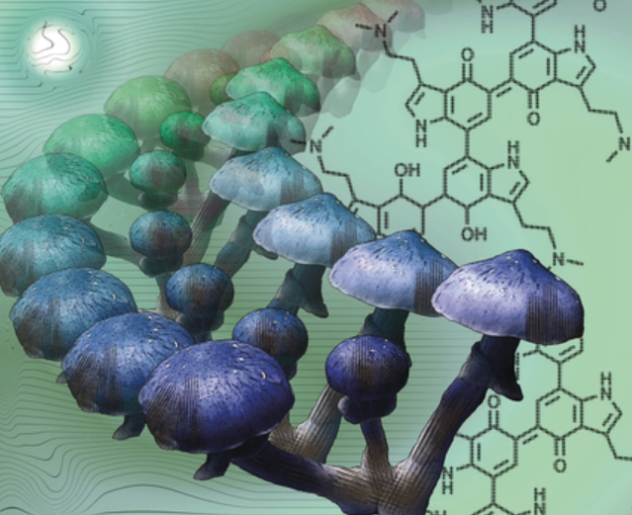
Yes, it does. One of the most prevalent myths is that the bluer the mushroom, the more potent it is. However, this is far from the truth. In reality, the blue bruises indicate oxidation and, therefore, a decrease in its concentration of tryptamines.
Understanding this and trying to prevent it is crucial for users who seek to maximize their psychedelic experience. Next, we’ll give you some valuable tips for storing your mushrooms properly and keeping them spotless.
Maximizing Potency Through Proper Storage
The key to preserving the potency of magic mushrooms lies in proper handling and storage. Drying the mushrooms correctly and storing them in a cool, dark, and dry place can help minimize oxidation.
There are four main methods of drying your mushrooms, each being more or less involved or time-consuming. You can opt for air drying, fan drying, oven drying, or using a dehydrator.
Whichever method you choose, you must ensure that your shrooms are cracker-dry, meaning they snap and crumble from light pressure.
From there, you can store your dried mushrooms in a clean mason jar with an airtight lid. Always keep the container in a cool, dark, and dry place, and consider adding a desiccant pack to the jar if you live in a particularly humid place.
For a more detailed guide: Stocked up on Magic Mushrooms? Here’s How to Store Them to Keep Them Fresh and Potent
If your mushrooms have already turned blue and you want to store them long-term, consider making blue honey.
What Is Blue Honey?
Blue honey, a mixture of bruised blue mushrooms and honey, is not only a method of preservation but also an innovative way of consuming psilocybin.
This mixture extends the shelf life of the mushrooms and offers a different, more palatable way to experience their effects.
Don’t let its name confuse you, as you can make blue honey with fresh, spotless mushrooms, but it may not develop a blue color once it’s ready for consumption.
Click on this link for a step-by-step guide: Diving into Blue Honey: a Roadmap to a Sweet Psychedelic Journey
Conclusion
While often misunderstood, the blueing of magic mushrooms is a natural and harmless chemical reaction, and understanding this phenomenon can enhance your experience.
Remember that there’s no need to discard bruised mushrooms since they are safe to eat, but you should avoid this phenomenon from happening since it will reduce their potency.
As with any psychedelic substance, it’s crucial to approach their use with respect, knowledge, and caution. There’s a plethora of resources online that can help you demystify them and become an informed psychonaut.
References
- Lenz, C., Wick, J., Braga, D., García-Altares, M., Lackner, G., Hertweck, C., Gressler, M., & Hoffmeister, D. (2020). Injury-Triggered Blueing Reactions of Psilocybe “Magic” Mushrooms. Angewandte Chemie International Edition, 59(4), 1450-1454. https://doi.org/10.1002/anie.201910175
- LEVINE, W. Formation of Blue Oxidation Product from Psilocybin. Nature 215, 1292–1293 (1967). https://doi.org/10.1038/2151292a0

